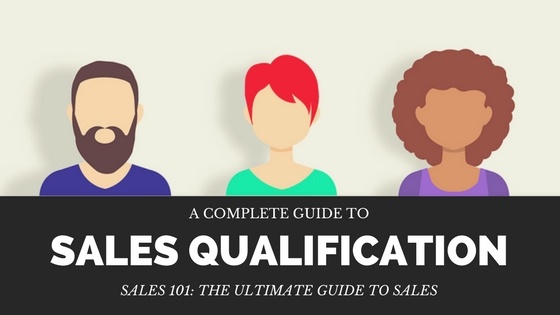
A sales meeting is where you personally interact with the prospect and take him through various stages of conversion - attention, interest, desire, and action. Of all the possible ways to convert a client, a direct meeting is the most powerful. It is because all concerns of a customer are addressed rapidly along with a personal touch.
Interested in sales and marketing? Get our Sales 101 eBook packed with tips and strategies for 15 different aspects of sales:
6 Sales Meetings Tips for Maximum Productivity:
While meetings are powerful they demand a lot of skills because you won’t have much time to think and research in the middle of a meeting. Considering the criticality of a meeting it is important that you keep some essentials in mind. Here we have a 6 step guide to handling high impact sales meetings. This will help you get the best from them:

1. Make it Easy to Set a Meeting:
Make it seamless for your customer to book a meeting. The prospect should have an option to book a meeting with you from all possible channels - website, email, social media, chatbot etc. By breaking the barriers to a meeting you allow your prospects to get the most satisfaction throughout the sales process. Tools like Calendly are great for this purpose as they allow you to create meeting pages from where a prospect can book an appointment from the available slots.
Read More: 3 Steps to warm cold leads
2. Define Agenda Beforehand:
The agenda of a meeting should be defined beforehand. Always confirm the agenda of a meeting with a prospect using email. In the absence of agenda, the meeting will drift away from meaningful conversation to topics which aren’t relevant to the sales process. You should also define agenda at the beginning of the meeting so that everybody is on the same page. Ideally, the agenda shouldn’t include more than 3 topics.
Read More: How to Nurture B2B Leads?
3. Come Prepared:
“82% of B2B decision-makers think sales reps are unprepared.”
Going unprepared in a meeting is a big mistake many beginners make in their sales career. This is the reason why companies have sales training and onboarding programs. Don’t go for an impromptu meeting unless you absolutely have to. You should have a good understanding of the product, basic knowledge of prospect and answers to common objections that may come up.

4. Keep it Short:
Nobody benefits from a lengthy meeting. Meetings are usually extended because of lack of proper agenda, too many people, and deadlocks. It advised to communicate in few sentences and focus on the issues at hand. You should listen to your prospect and give him more opportunity to discuss the purchase. If your prospect seems to go away to a topic that is not relevant then get them to the point with a gentle reminder. Hence, listen but keep control over the meeting.
Read More: 7 Ways to generate B2B leads
5. Qualify:
At every objection of the client, you have an opportunity to qualify him. If during the discussion you come to a point where the prospect is disqualified then you can thank them for the discussion and end the meeting. To make sure that you qualify the person keep a note of objections and information given by the prospect and cross check with your criteria.
How new age technologies are improving customer experience?
6. Followup:
Irrespective of how a meeting went always follow up with the prospect. If the meeting results in the prospect moving out of the funnel then send him a thank you mail. On the other hand, on a positive meeting send a summary of discussion along with an invitation for the next meeting or proposal based on the outcome. Following up early is not just a sales tactic but also an etiquette and people always prefer a salesperson who gives them importance.
With these 6 tips, you’ll now be able to handle meetings more effectively and convert prospects faster. Meetings are a critical activity and most of these principles apply to any meeting whether internal or external to a business.
Note that while these meetings are unavoidable in a service based company, for a product based company many objections can now be resolved from the website itself. Though the barriers to meet should be minimum, the company should resolve queries from channels like chatbots and FAQ to make it easy for both sales reps and prospects to finalize the purchase.
Jump to Chapter 10: How to write cold emails?
Get the eBook on Sales and Marketing, handcrafted to include the best tips and tricks for you. Enjoy free access today.

How to Qualify Leads in Sales for Ultimate Productivity
Sales qualification is the process used to determine if the lead is a fit for business or not. It involves a series of checks to determine if the ...





